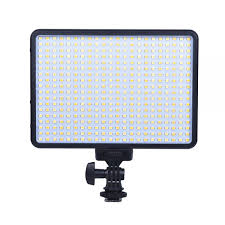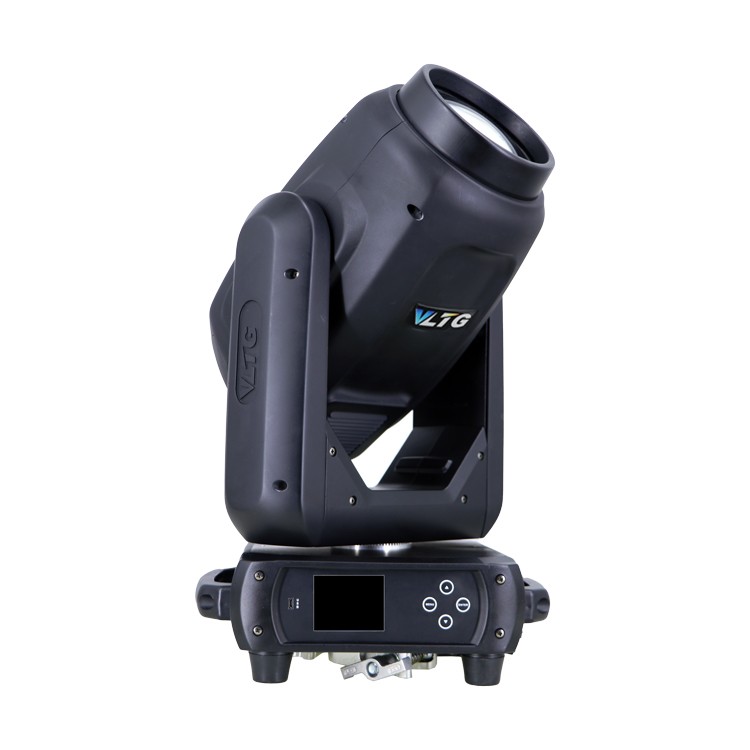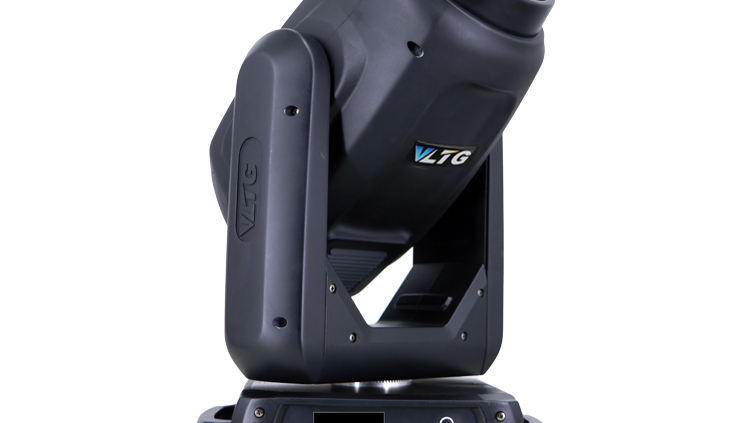Everything You Need to Know About HID Stage Lighting and LED Lighting
Do you ever wonder whether HID stage lighting is better or the LED lighting? Well, you don’t need to wonder anymore. Both the lights have their own advantages and disadvantages. In this guide, we will tell you everything you need to know about the difference between HID stage lighting and LED lighting. Not only this, but we will also tell you which lights you should pick under certain circumstances. Stay tuned.

What is HID Stage Lighting?
Also known as High-Intensity Discharge Lights, HID stage lighting is a term for gas-discharge lights. These lights are the oldest type of electrical lights out there. Some common types of HID stage lighting include mercury vapor, metal halide lamps, and high & low-pressure sodium lights. Xenon short-arc lamps and ceramic metal halide are some less common stage lights under this category. These lamps produce light by sending an electrical charge between two electrical conductors. The ignition to the HID lamps is provided by a voltage pulse that is placed inside the bulb. These lights require a warm-up period because the lighting intensity keeps changing as the material inside the bulb evaporates into plasma.
Advantages of HID Stage Lighting
There are some prominent advantages of HID stage lighting that it offers to the users. Let’s take a look at them below.
1. Better Visibility
One of the biggest advantages of HID stage lighting is its visibility. They have a blue light color that is close to natural daylight. This is what provides the users better visibility than the majority of the lights out there. What’s more, they are more natural than halogen bulbs as well.
2. Powerful
There is no denying the fact HID lights are more powerful than the halogen bulbs out there. That’s because these lamps use superior lighting technology. What makes it more powerful than the halogen bulbs is that they use gas instead of a filament. The gas technology also gives a nice blue color to these lamps.
3. High Color Temperature
Another huge advantage of HID lamps is that they use a very high color temperature. When the color temperature becomes lower, the coloration of the lamps becomes yellower. This explains the fact that why these lights give you a white-colored light along with a blue tint.
4. Durable
The durability of the HID stage lighting is incredibly high as well. On average, the HID lamps last for 25,000 hours which is extremely good for any lamps. Another advantage of these lights is that you can go back to the original halogen bulbs once the conversion kit is installed in them.
Drawbacks of HID Stage Lighting
Just like there are two sides to a coin, there are some disadvantages of HID stage lighting as well. Some of the disadvantages are listed below for you to check out.
1. Omnidirectional
One of the biggest disadvantages of HID stage lighting is that they are Omnidirectional. This means that they can produce lights at 360 degrees. This is a huge inefficiency for the users because they do not redirect or reflect the lights to the area that they want to illuminate. Not only this, but the output becomes less efficient due to loss of light as well.
2. HID Lumen Output Deteriorates
The deterioration of the HID lumen output is another great disadvantage of the HID lights. The light of the lumen reduces by 70% only after they are operated for 10,000 hours. Additionally, 30% of the lights emitted by these bulbs are infrared.
What is LED Lighting?
LED lights are also known as Light Emitting Diode. It is an electrical component that has two electrodes. These electrodes are known as anode and cathode. The electricity flows in the lamps with the help of these electrodes. An important thing to remember here is that the electricity only flows in one direction. It enters through the anode and exits through the cathode. In most cases, diodes are made from semiconductive materials. Some examples of the material are silicon and selenium. When the current passes through the semiconductive material, visible light is emitted by the device. Thus, the working of the LED lamps is opposite to the photovoltaic cell.
Advantages of LED Lighting
Let’s check out some of the prominent advantages of the LED lighting below.
1. Energy Efficient
The lumen used in the LED lights has a higher output per watt. As a result, they are capable of turning 70% of their energy into light. This is what makes the LED lights more energy-efficient than most of the lamps out there. The other bulbs waste a lot of energy by converting their energy into heat.
2. High Level of Brightness
The LED lights are capable of emitting an incredibly high level of brightness. This is what makes them popular among the users. What’s more, your wattage will no longer be viable to the measurement of the brightness. But, make sure that you buy the best LED lights out of the options available to you.
3. Durable
Another huge advantage of LED lights is that they are extremely durable. That’s because they are low voltage lighting and low voltage lighting often have a longer lifespan.
4. Affordable
The LED system is the most common voltage system available in the markat. That’s because they consume a lot less energy as compared to others. As a result, it reduces your cost of energy.
Drawbacks of LED Lighting
Some common drawbacks of the LED lights are mentioned below for you to check out.
1. Delicate Power Electronics
The biggest and the most unknown drawback of the LED lights is that they are delicate power electronics. They are extremely picky about their drive current.
2. Overheating
The LED lights may sometimes face the issue of overheating as well. As a result, their lamp life reduces.

Final Words
Both HID stage lighting and LED lighting have their own advantages and disadvantages. So, make sure you go through them before making a final decision. Contact us now for more information.




